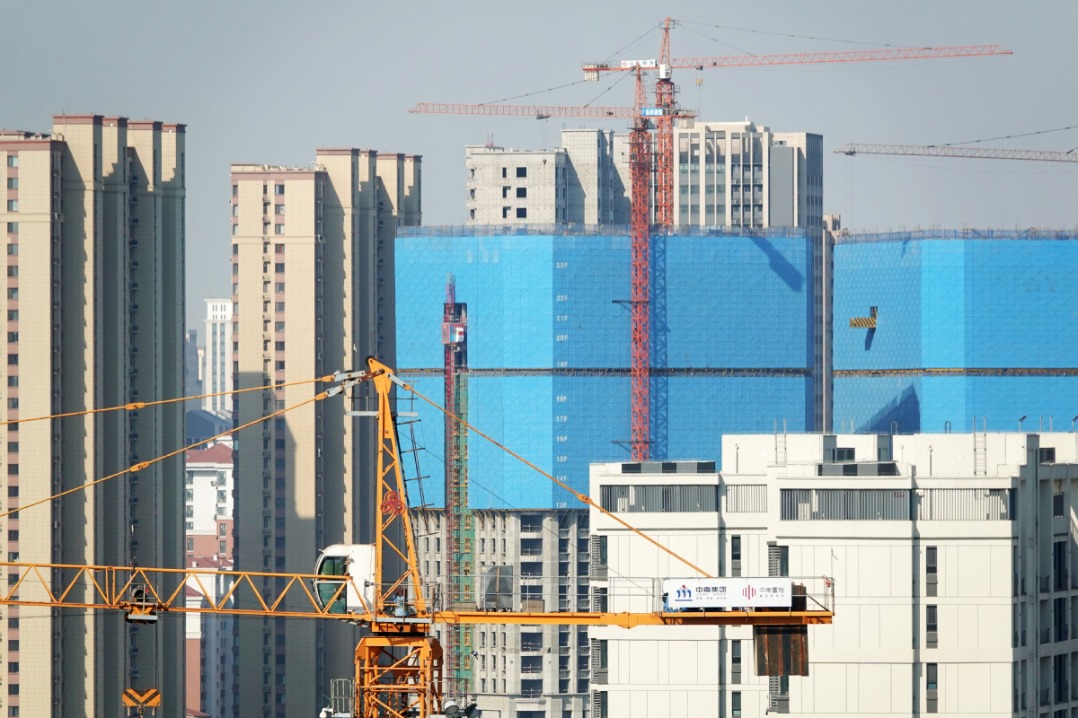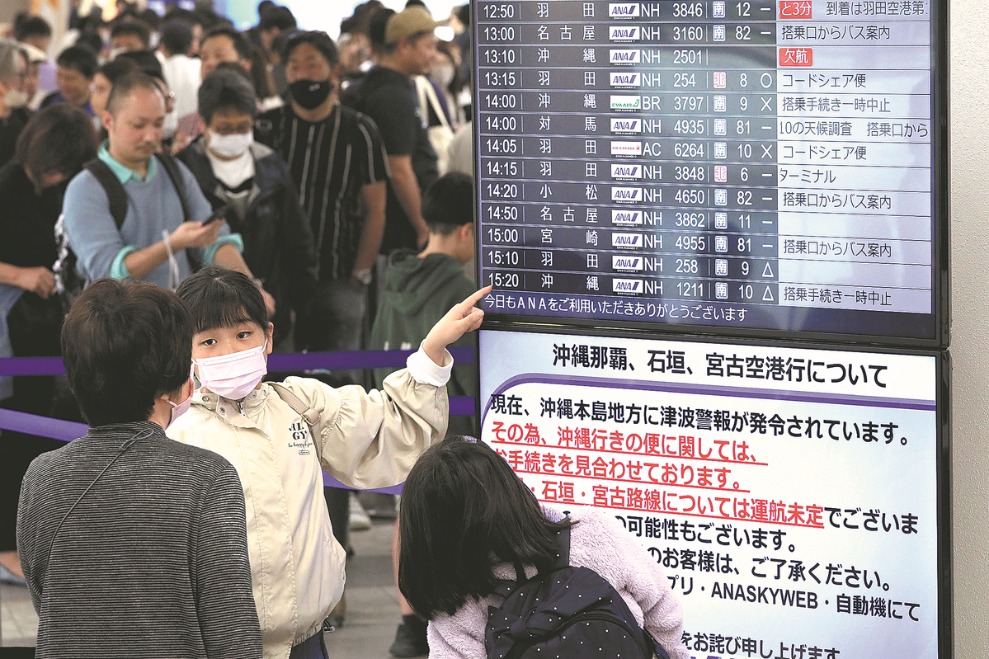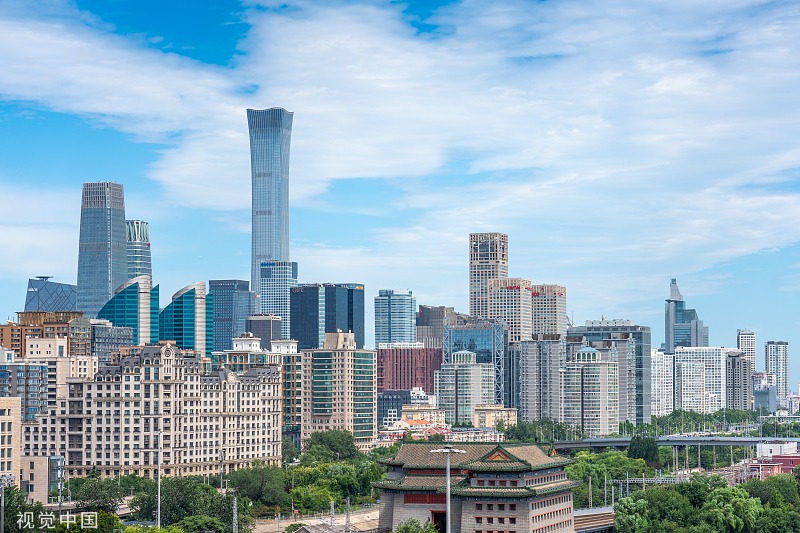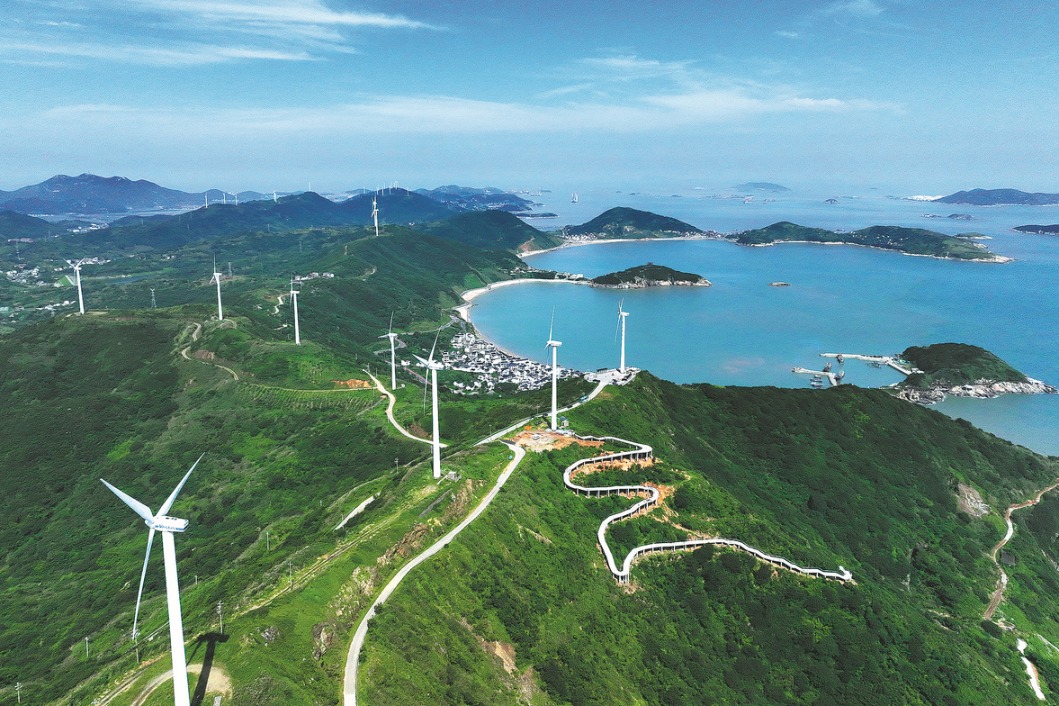Xinjiang embraces future with vitality and stability
China Daily | Updated: 2019-09-30 09:14

URUMQI - The city of Shihezi is a sprawling green area home to 670,000 people. As September ends and the harvest season arrives, farmers are ready to reap the large cotton fields on its outskirts.
Shihezi is a young city, established in the 1950s about 150 kilometers northwest of Urumqi, the capital of northwestern China's Xinjiang Uygur autonomous region. It is one of nine bustling cities that have risen from the bleak Gobi Desert.
About 1,600 km away, in the southwest of the region, Kashgar, an ancient Silk Road city, maintains the charm and authenticity of a 2,000-year-old town.
The contrasting landscapes mark the vastness of Xinjiang, which covers about one-sixth of China's land territory, and epitomizes how Xinjiang has progressed both economically and culturally.
This progress was made possible by the peaceful liberation of the region, the 70th anniversary of which was celebrated on Sept 25.
In 1949, the liberation struggle gained momentum across the country and the revolutionary struggle of people of all ethnic groups surged forward in Xinjiang. Tao Zhiyue, garrison commander of Xinjiang, and Burhan, chairman of the Xinjiang provincial government, renounced their allegiance to the Kuomintang and welcomed in the First Army Group of the First Field Army of the Chinese People's Liberation Army, led by General Wang Zhen.
From then on, Xinjiang embarked upon a journey of increasing prosperity, unity and stability.
As proof of the general stability and sound development momentum, not a single terrorist attack has occurred in Xinjiang over the past three years.
Social development
In the years that immediately followed its peaceful liberation, Xinjiang's average life expectancy was 30 years. The figure reached 72.35 years last year, with 25 million people living in 14 prefectures and cities in the region.
Before liberation, most arable land in Xinjiang was seized by a handful of landlords, leaving very little to the majority of farmers. Serfdom existed in southern Xinjiang, where overlords owned their serfs from head to toe.
Samsak, a herder in Kashgar, owned nothing more than the clothes he was wearing when PLA soldiers liberated him. His name, which means garlic in the Uygur language, was given by his master. From the age of 17 to the age of 60, he had done nothing but herd sheep, yet he owned none of them.
























